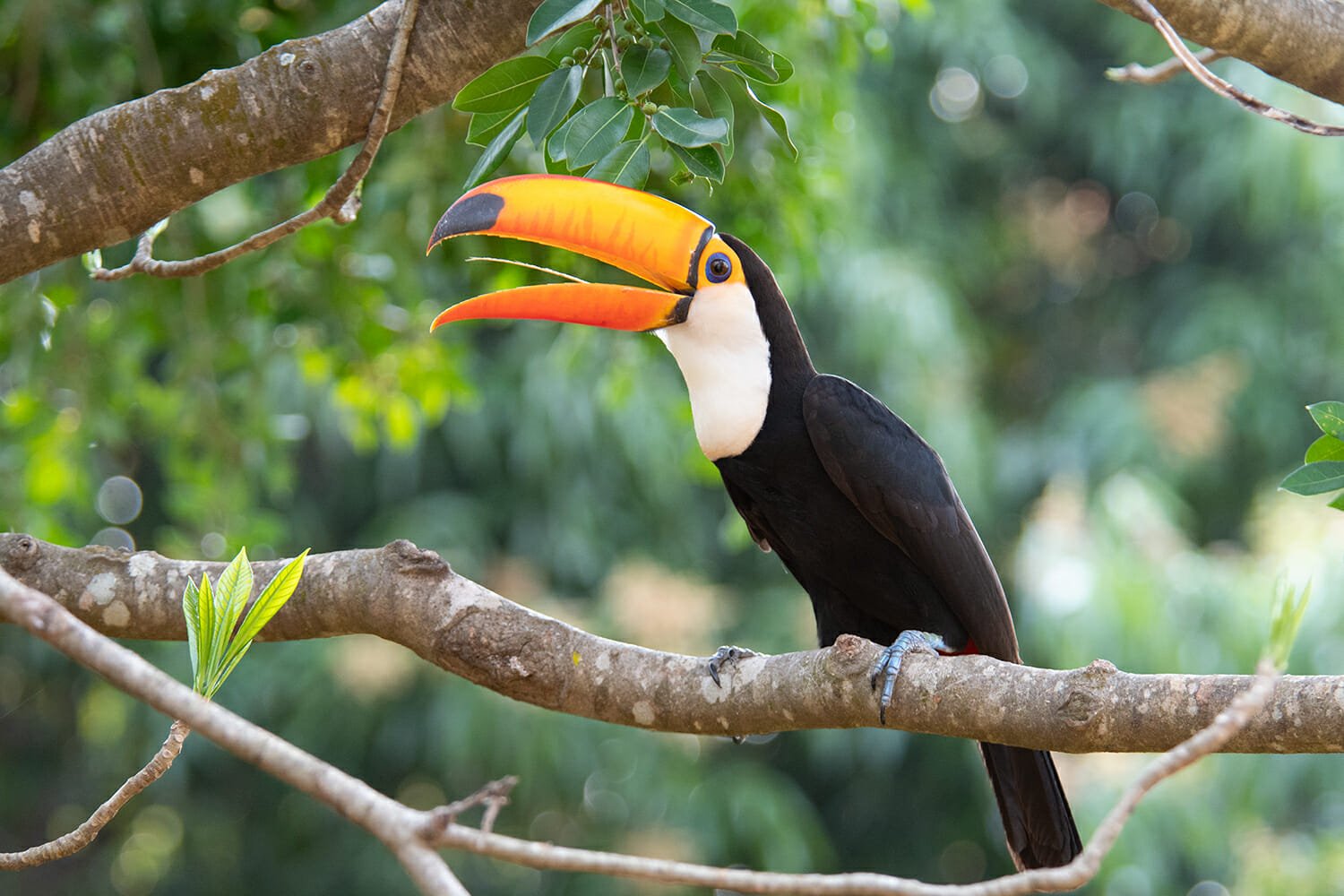Birdwatching is kind of amusingly depicted in the media. You get brightly-garbed birdwatchers, often with safari hats and dangling binoculars, just walking on and talking together on lush and wide trails, easily spotting 16 species in the course of 15 minutes.
Of course, as real birders know, it’s actually quite challenging, and it’s more about knowledge, patience, sneaking (even if you are visiting a prime birdwatching destination), and much more sensible clothing choices!
Today we’re going to give you 5 tips on bird-watching for beginners that can help you to develop the techniques that you are going to need to really ramp up your spotting skills.
Let’s take a look at a few of the basics that can really help you out when you’re first getting started!
Note: This guide is intended to help get you started in the hobby. If you’d like to get a more detailed guide to birdwatching, check out a site like BirdwatchingTips.
Dress up for the role
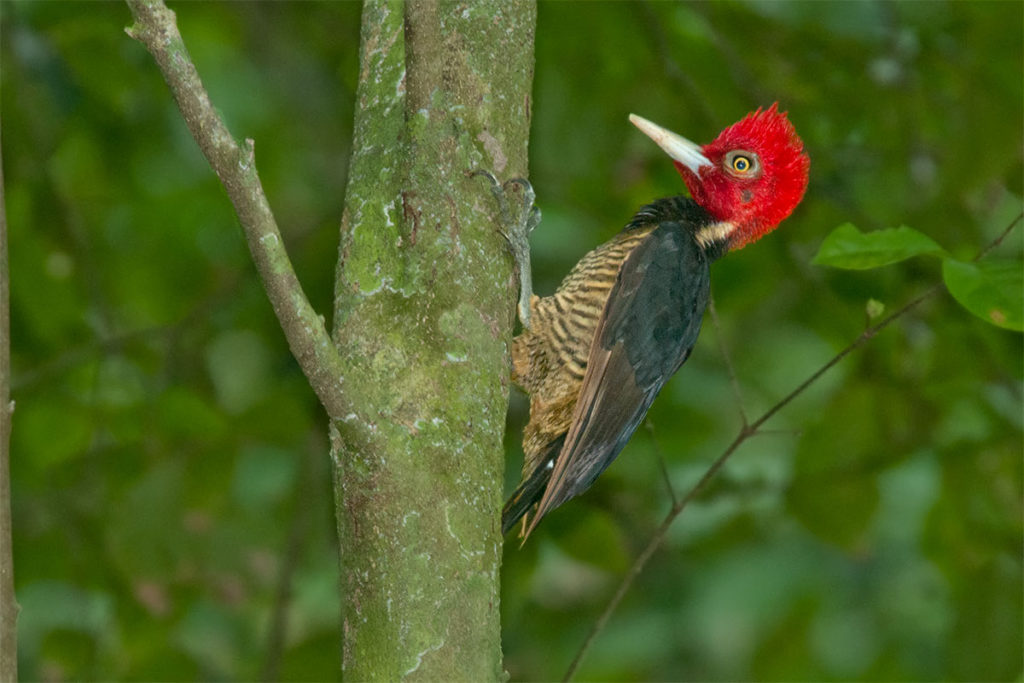
First and foremost, you want a nice pair of quiet, comfortable sneakers. This will help you move more quietly, just as long as you avoid making any sudden movements. After all, you won’t see many birds if they hear you coming, so you’ll need some soft, quiet shoes to properly ‘get your sneak’ on. You will also want to pick the right colours to help you to blend into your surroundings.
Birds are tetrachromats, which is just a fancy way of saying that they can see 4 colors, specifically blue, green, red, and ultraviolet. Since the way that birds see the world is so much different than ours, you want to make sure that you don’t accidentally make yourself stick out by planning your clothing based on what looks ‘unobtrusive’ to you.
That means going with darker colors for best results and avoiding wearing white or any bright colors. Unless you’re trying to spot tropical birds, keep your clothing dark and inconspicuous.
Follow a lone song and you might find a choir
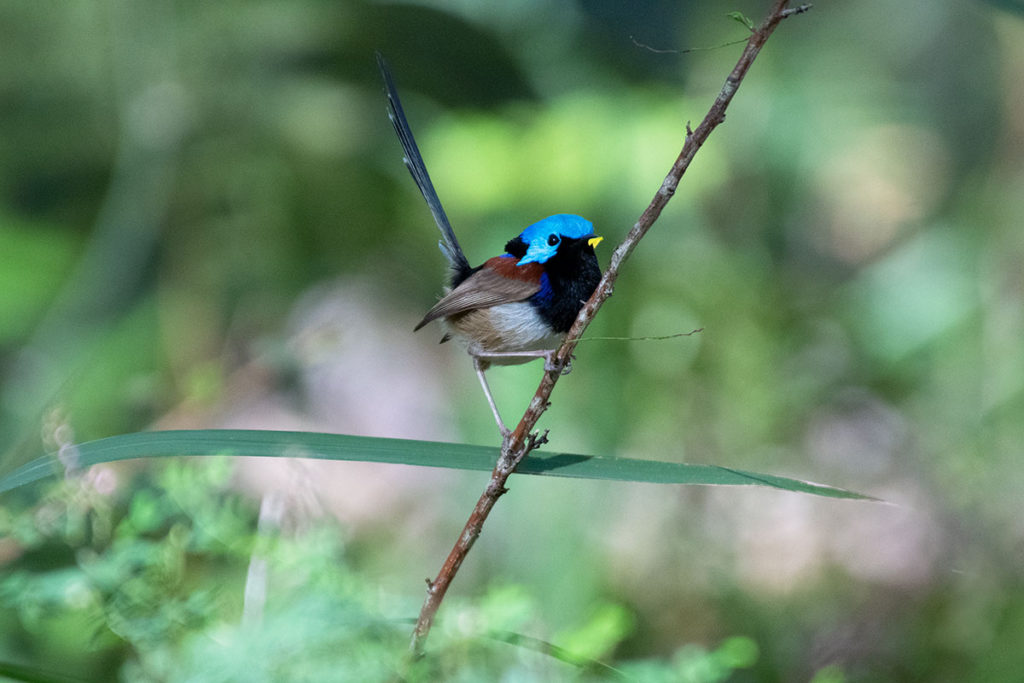
A lot of the birds that you are looking for tend to travel in numbers, so when you stumble on a lone bird singing its song, it pays to be a little patient and to carefully and quietly follow it when you get the chance. Lots of birds travel with a good-sized flock, and often, they may be found nearby.
Examples include Pipits, Lark Buntings, Starlings, and Robins, just to name a few. Now, flocks know that they shouldn’t be advertising their presence, which means that if they are grouping nearby then they’ll be quiet about it, but there’s always one or two birds that will leave the flock and pipe out a song or two.
If you happen to find and follow one of those, then you might well get a sighting that you’ll be talking about for many years to come!
Know who your target bird hangs out with
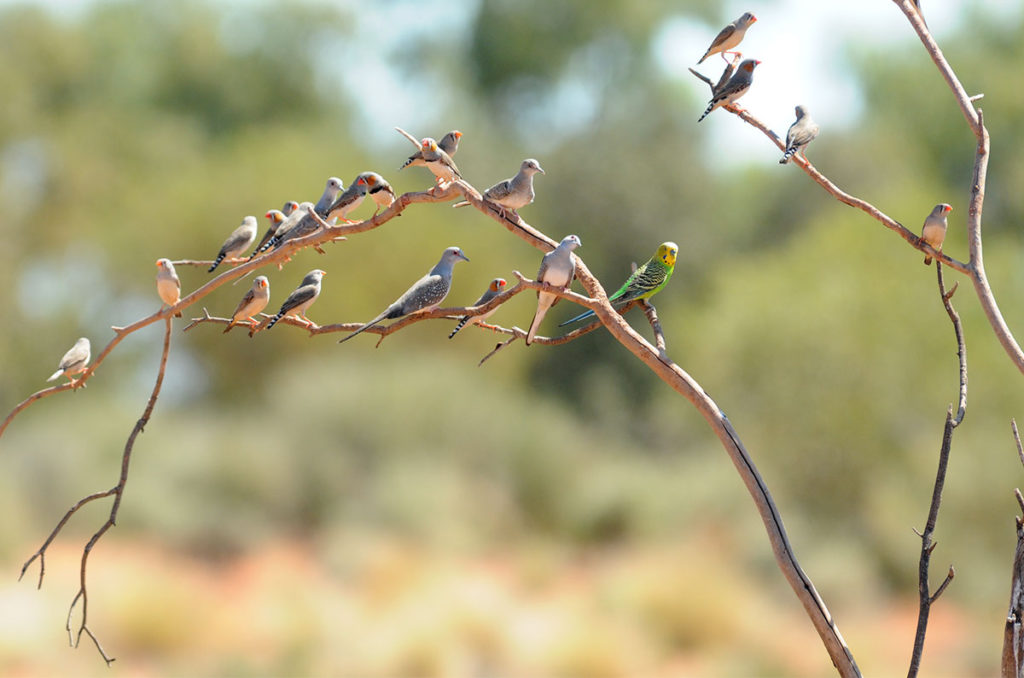
Just as you can follow certain types of birds to find where their flock is currently hanging out, knowing the other species that they are friendly with can really help you. A good example would be if you were looking to spot an Evening Grosbeak.
Due to their powerful bills, these birds are able to open and even crush some of the toughest seeds out there, and this is noticed by two other bird species – Pine Siskins and Common Redpolls – who like to hang out near Grosbeaks so that they can take advantage of the formerly inaccessible seeds.
This makes things quite a bit easier, as in this example you have 3 birds that you can look for instead of one. You might get lucky and spot the Grosbeak right away but if not, then a Redpoll or a Pine Siskin might just help you out!
Try to keep the sun behind you
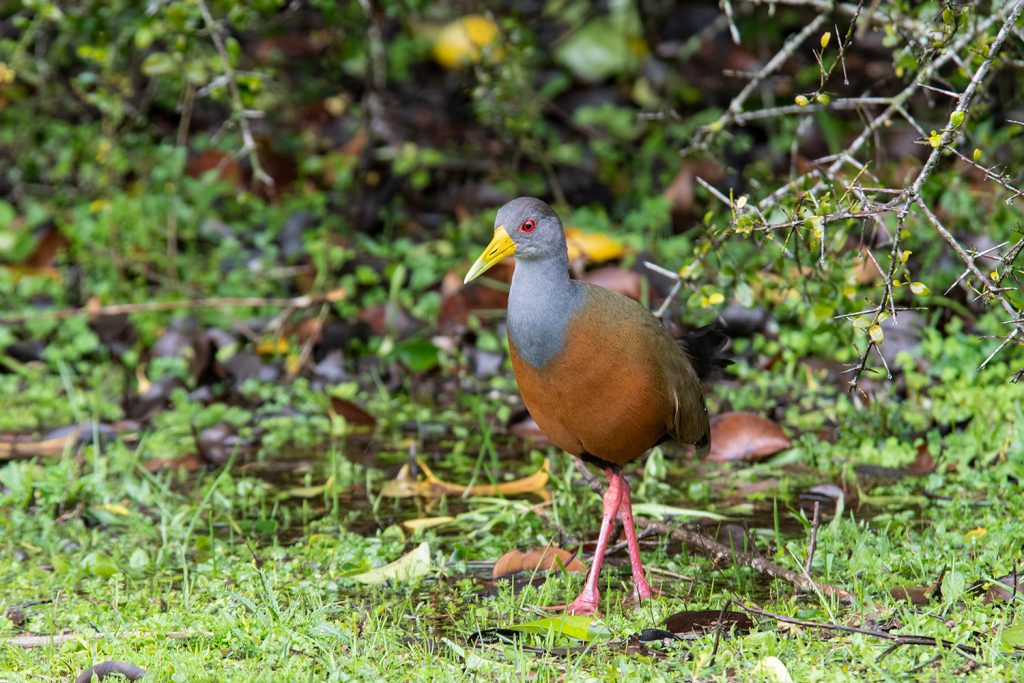
A big part of the thrill of birdwatching is getting to see that amazing plumage for yourself. As such, while you can’t always do it, you should try to keep the sun at your back whenever possible. If you don’t, then you might still spot the bird, but some of the subtleties of the plumage are going to be harder to notice and appreciate.
If you’re trying to sneak a picture with your phone (with that ‘camera sound effect’ muted, of course), then the light could also be problematic in this way. We recommend that you practice this a little with whatever birds are most common in your area.
That way, while you are developing your ‘sneak approach’ you’ll have a little practice at making sure that the sun doesn’t get in your way when you can avoid it.
Pishing – ‘Fishing’ for birds
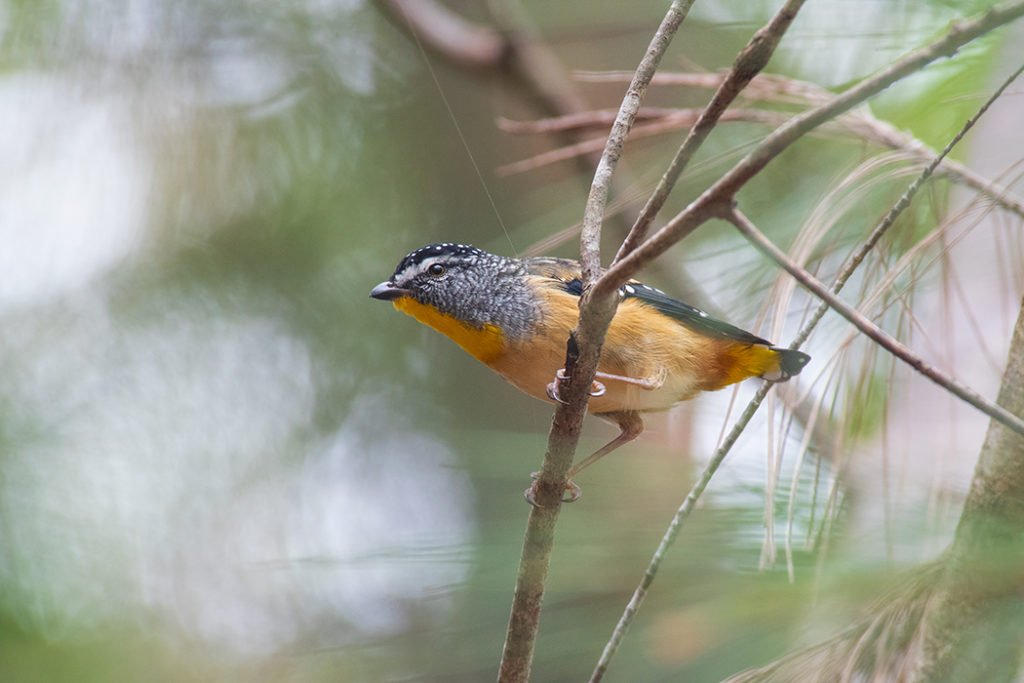
One trick that every birder should know is called ‘pishing’ and it’s intended to help you to bring the birds you want to spot to YOU. While it takes a little practice, this technique is very useful when you’ve managed to get close to a bird but no matter how you sneak around, you can’t seem to get a good view.
You can see an example of pishing here.
The two most popular ways to go about it are as follows:
- Classic Pish – With your teeth clenched and lips slightly parted, push air quickly and briefly through your teeth, which will make a ‘pish’ sound that’s similar to whistling.
- Kissy Pish – Holding up the back of your hand to your face, press your lips to it and make quick-but-audible, squeaky kiss sounds.
These quick, whistle-like sounds can make the birds curious so that they will pop in to take a closer look to see who’s there. If you stay still and if you aren’t wearing bright clothes that make you stick out, then you might just get an excellent view of the bird to reward your ‘pishing’ efforts!
Some final words on birdwatching for beginners
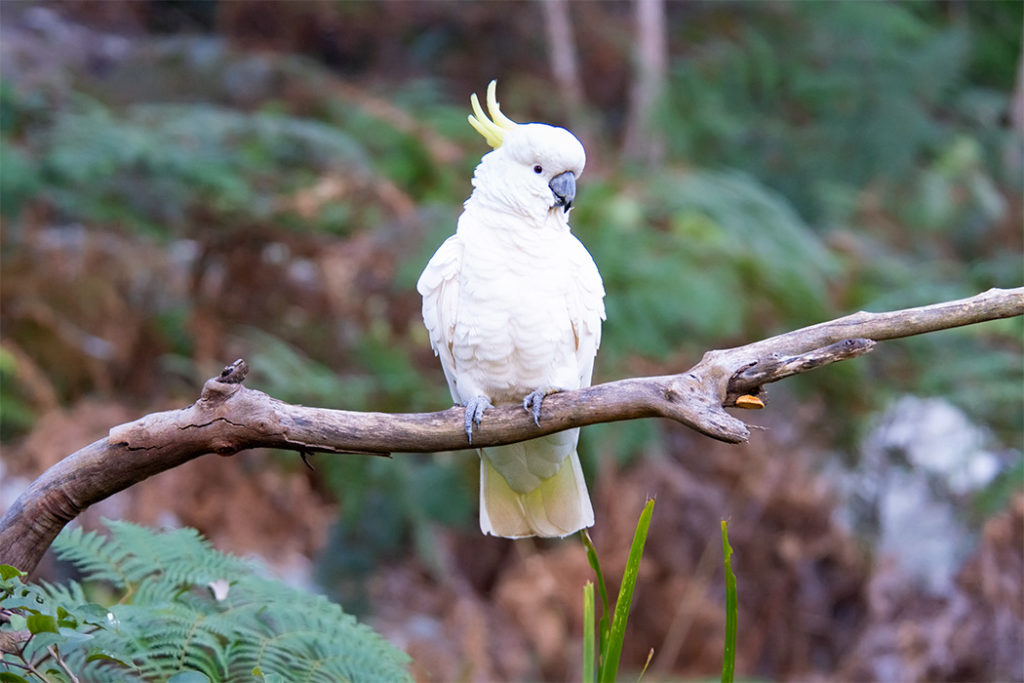
As you can see, you want to start first by dressing in darker clothing and investing in a good set of sneakers so that the birds won’t hear you coming. Get in the habit of following the more vocal birds that seem to be alone, as they can lead you to a hidden flock or even other birds on your list that they spend time with!
Keep the sun behind you when you can to minimize your chance of ‘silhouette spotting’ and finally, practised your pishing – it really works in a pinch, and if you do it right, you won’t have to worry about scaring the bird off by moving around because you’ll be calling it over to you!
Use these tips to get started, practice when you can, and be sure to keep a little extra patience in your pocket. It’s a challenging hobby, but the hidden beauty that you will see firsthand and the sheer thrill of the game make birdwatching a joy that is truly beyond compare!
To learn more, check out Birdwatching Tips which is a learning hub for everything you need to know about birding. Check them out for tips on finding and identifying birds as well as how-to guides, and product reviews.
More Wildlife Guides
.
- 13 Different Types of Bears and Where to See Them in the Wild
- Australian Animals – Guide to the Strangest Creatures on Earth
- When and Where to See Animals in the Wild: Guide to Wildlife Watching
- 5 Tips to Make a Wildlife Garden and Promote Biodiversity at Home
- Collective Nouns for Animals – Words You Need to Know for Your Next Safari
- Renaissance Cats in Florence – A Feline Lovers Guide to Florentine Renaissance Art
- Cheetah vs Leopard – How to Tell the Two Cats Apart
- All 40 Species of Wild Cats and Where to See Them in the Wild
- The 7 types of elephants and where to see them in the wild
- Amazing Wild Animals in Thailand And Where to See Them

